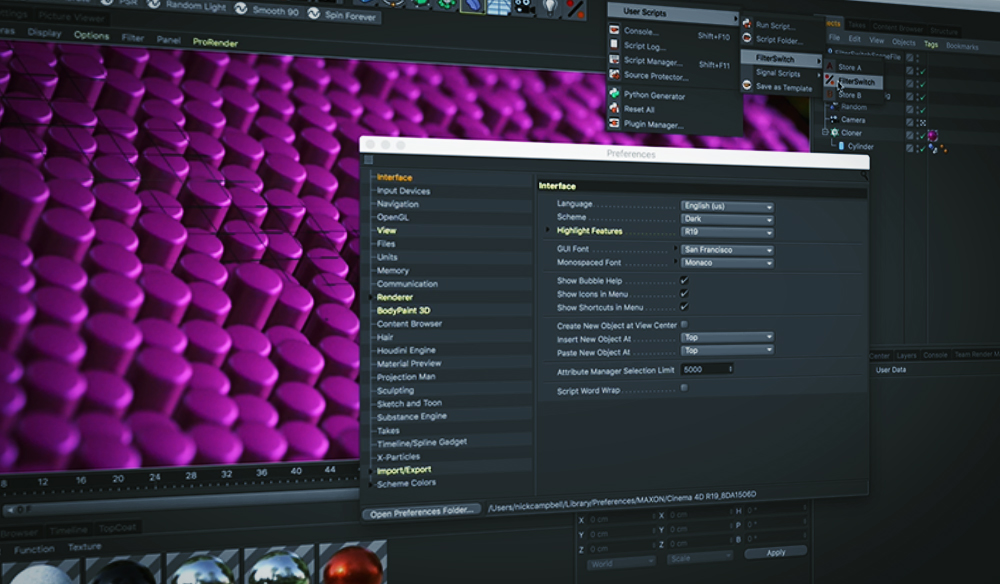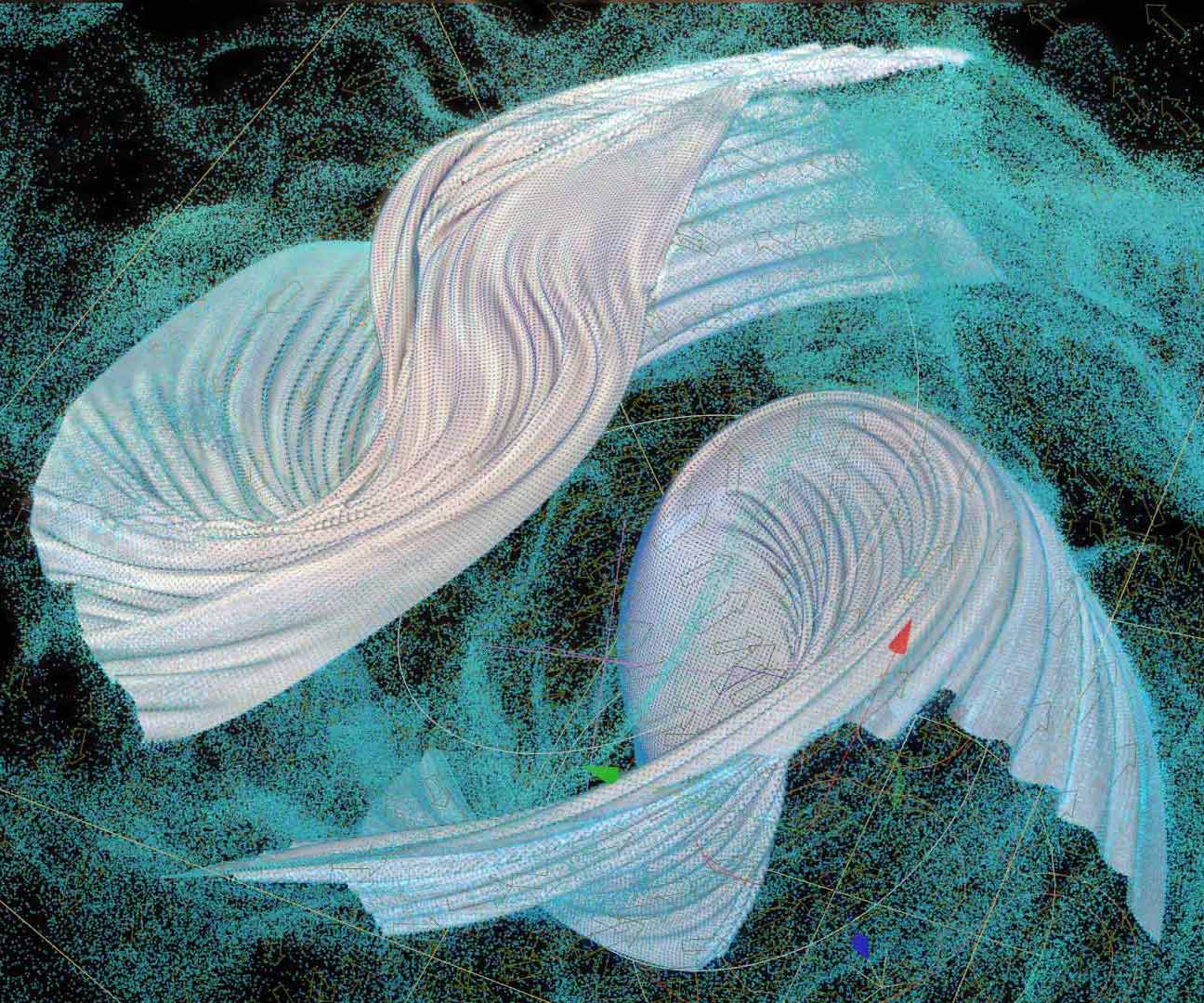
Indirect contact transmission involving contact of a susceptible host with a contaminated object or surface (fomite transmission) may also be possible (see below). coughing or sneezing) or who is talking or singing in these circumstances, respiratory droplets that include virus can reach the mouth, nose or eyes of a susceptible person and can result in infection. (11 ) Respiratory droplet transmission can occur when a person is in close contact (within 1 metre) with an infected person who has respiratory symptoms (e.g.

Transmission of SARS-CoV-2 can occur through direct, indirect, or close contact with infected people through infected secretions such as saliva and respiratory secretions or their respiratory droplets, which are expelled when an infected person coughs, sneezes, talks or sings.(2-10 ) Respiratory droplets are >5-10 μm in diameter whereas droplets <5μm in diameter are referred to as droplet nuclei or aerosols. Infection with SARS-CoV-2 primarily causes respiratory illness ranging from mild disease to severe disease and death, and some people infected with the virus never develop symptoms. This section briefly describes possible modes of transmission for SARS-CoV-2, including contact, droplet, airborne, fomite, fecal-oral, bloodborne, mother-to-child, and animal-to-human transmission. Understanding how, when and in what types of settings SARS-CoV-2 spreads is critical to develop effective public health and infection prevention and control measures to break chains of transmission.

Current evidence suggests that SARS-CoV-2, the virus that causes COVID-19, is predominantly spread from person-to-person. The overarching aim of the global Strategic Preparedness and Response Plan for COVID-19 ( 1 ) is to control COVID-19 by suppressing transmission of the virus and preventing associated illness and death. This brief is also informed by several discussions via teleconferences with the WHO Health Emergencies Programme ad hoc Experts Advisory Panel for IPC Preparedness, Readiness and Response to COVID-19, the WHO ad hoc COVID-19 IPC Guidance Development Group (COVID-19 IPC GDG), and by review of external experts with relevant technical backgrounds.

Preprint findings should be interpreted with caution in the absence of peer review. Rather, it reflects the consolidation of rapid reviews of publications in peer-reviewed journals and of non-peer-reviewed manuscripts on pre-print servers, undertaken by WHO and partners. This scientific brief is not a systematic review.

This scientific brief provides an overview of the modes of transmission of SARS-CoV-2, what is known about when infected people transmit the virus, and the implications for infection prevention and control precautions within and outside health facilities.
#X PARTICLES INFECTIO UPDATE#
This document is an update to the scientific brief published on 29 March 2020 entitled “Modes of transmission of virus causing COVID-19: implications for infection prevention and control (IPC) precaution recommendations” and includes new scientific evidence available on transmission of SARS-CoV-2, the virus that causes COVID-19. Roadmap to improve and ensure good indoor ventilation in COVID-19 context (1 March 2021). Mask use in the context of COVID-19 (1 December 2020) For the latest information on COVID-19 transmission, please see: This scientific brief (text below) is outdated.


 0 kommentar(er)
0 kommentar(er)
